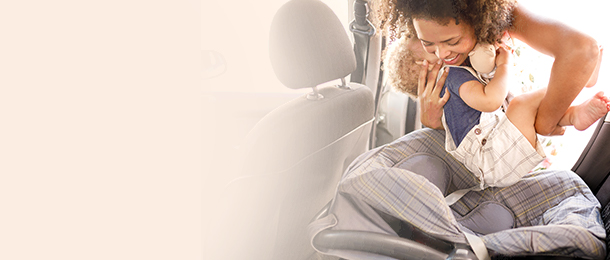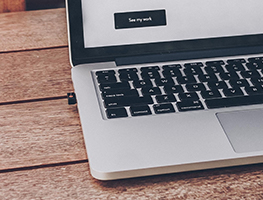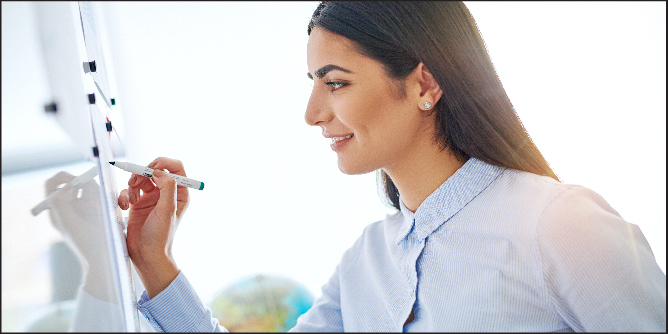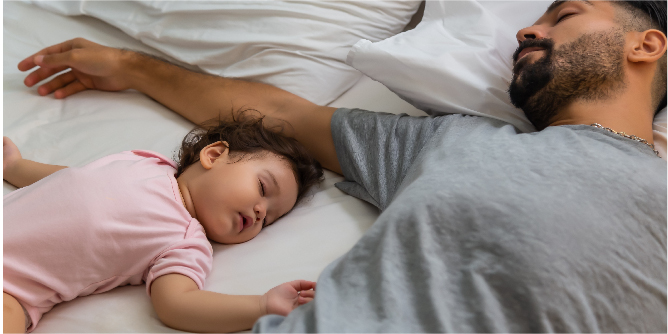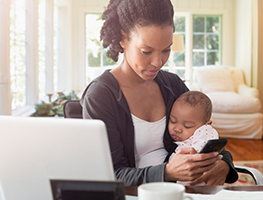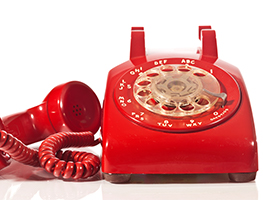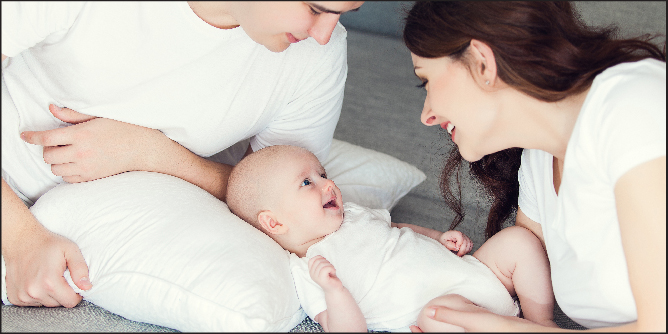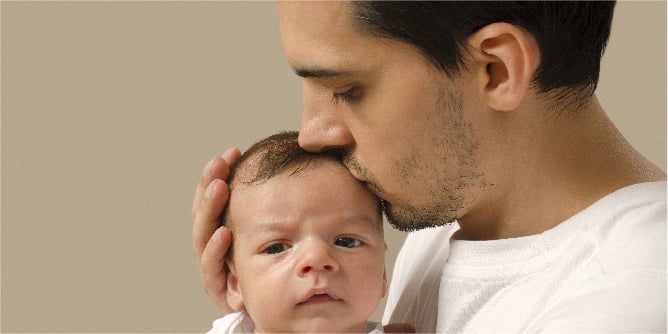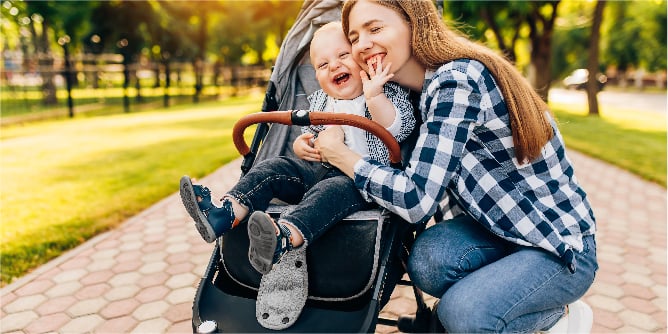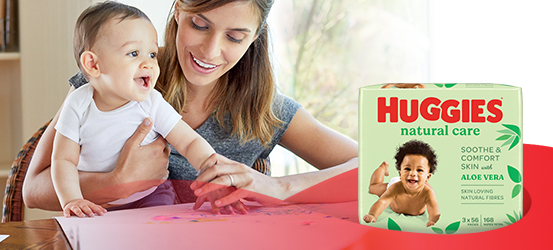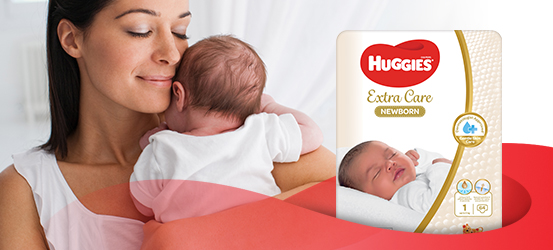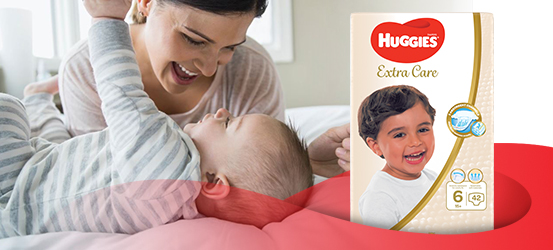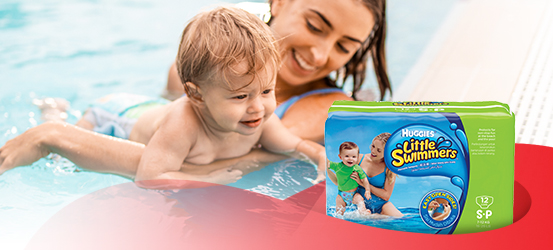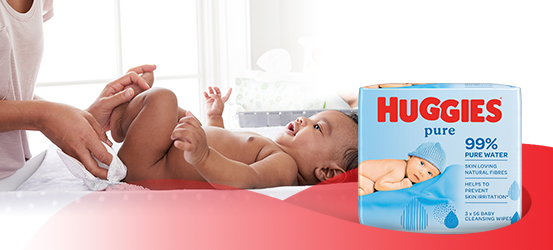Secure and stable
Right from the start, your baby needs to have his or her own baby seat - properly anchored, correctly fitted and facing the rear of the car.
When you need to move on to the next child seat will depend on the type of seat you start with. When the baby has grown to the point where its head reaches the top end of its seat or beyond, the time has come to change to a bigger seat.
Heavy head, weak neck
The head of a newborn baby makes up half their total body weight.
This oversized head - in conjunction with not fully developed neck vertebrae, muscles and ligaments - makes the baby's neck a weak point.
When forward-facing in a frontal impact, the body is restrained by the safety belt while the head moves forward and puts strain on the neck. Depending on crash severity and size of the child, this load can be fatal. Therefore, a newborn baby should always be placed facing rearward in the car.
A child in a rearward-facing child seat is approximately 90% less likely to be injured in an accident compared to an unrestrained child.
Young children
Energetic, individual and equipped with strong willpower and emotions, smaller children are great fun but can be a handful. Not least of all in a car.
Once seated, they normally look forward to the drive. Just remember though, they should remain in a child restraint for as long as possible
Although growing up fast, older children still need support in the car. Booster cushions give them a safe and comfortable ride until they are ready for the adult seat. And once they outgrow that, they should ALWAYS be wearing their seatbelt.
Booster seats for peace of mind
Children that have outgrown child seats should use a booster seat. The main reason for using a booster cushion is not to help the child to enjoy a better view, but rather to achieve the right belt geometry.
The booster gives the child an increased height and directs the safety belt over the stronger parts of the body during an accident. The less slack, the better the belt will protect your child.
Never place the torso belt under the arm or behind the back
The diagonal section of the belt should sit firmly across the shoulder and chest. It does not matter if the belt touches the neck
The lap section of the belt must always be worn as low down as possible and not across the stomach
Remove any slack after you have fastened the child’s safety belt
Restrain the right way
It doesn't matter if the belt is partly on your child's neck. It may not look very comfortable, but it certainly won't strangle them if there is an accident. The risk is much greater if the diagonal belt is worn too far out on the shoulder. This could allow it to slip further down the arm in the event of an accident.
The child should never travel with the diagonal belt under both arms. In a crash, the child would be thrown further forward, with the risk of hitting some part of the car interior.
At a speed of only 40 km/h, a child who normally weighs only 30 kg will suddenly weigh the equivalent of one tonne, in the event of a collision with an unyielding object. If that child is unrestrained in the back seat, he or she risks serious injury or even death if the car collides head-on. Using a booster cushion and safety belt, they run approximately 75% lower risk of being injured compared to being unrestrained.
For more information see Child car safety FAQs

